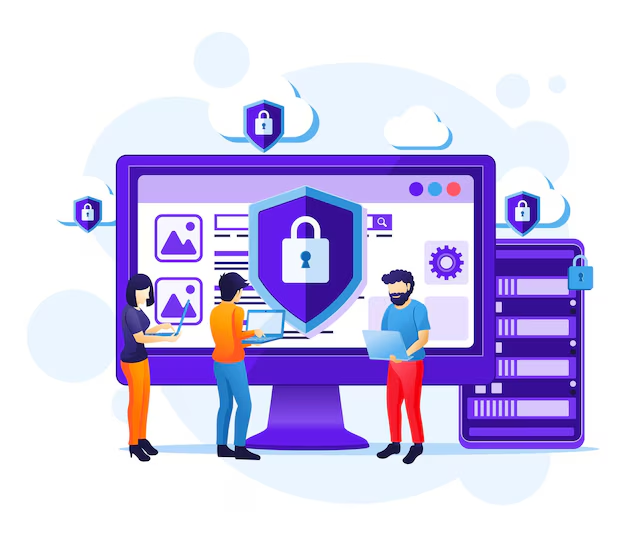Security
Networking & Internet Security
Lattim offers robust Networking and Internet Security Services to safeguard your systems and data. From setting up secure networks to deploying firewalls and advanced threat detection, we ensure your business stays protected against cyber threats.



Secure Your Network, Protect Your Data with Lattim’s Expert Security Solutions!
Lattim provides reliable Networking and Internet Security solutions to ensure seamless connectivity and robust protection. We secure your data with advanced firewalls, threat detection, and encrypted networks, keeping your business safe from cyber threats. Steps we take to safeguard your network:


Network Segmentation
Divide your network into separate segments or zones to control access and contain potential security breaches. This can be achieved using VLANs (Virtual Local Area Networks), subnetting, and firewall rules to isolate sensitive systems and data from less secure areas.
Firewalls
Implement firewalls at the perimeter of your network and between network segments to monitor and control incoming and outgoing traffic based on predetermined security policies. Next-generation firewalls (NGFWs) offer advanced features such as application-layer filtering, and deep packet inspection..
Intrusion Detection and Prevention Systems (IDPS)
Deploy IDPS solutions to monitor network traffic for signs of suspicious or malicious activity and automatically respond to potential threats in real-time. IDPS can detect and block known attack patterns, anomalous behavior, and zero-day exploits.
Virtual Private Networks
Use VPN technology to establish secure, encrypted connections over untrusted networks (such as the internet) to protect data transmitted between remote locations, mobile devices, and cloud services. VPNs provide confidentiality, integrity, and authentication for sensitive data traffic.
Access Control
Implement strong access controls to limit user access to network resources based on the principle of least privilege. Use techniques such as role-based access control (RBAC), network access control (NAC), and multi-factor authentication (MFA) to verify user identities and enforce security policies.
Encryption
Encrypt sensitive data both in transit and at rest to protect it from unauthorized access and interception. Use protocols like SSL/TLS for secure communication over the internet, and implement encryption algorithms such as AES (Advanced Encryption Standard) for data stored on servers and endpoints.
Network Monitoring
Implement network monitoring tools to continuously track traffic, system logs, and security events, identifying anomalies or potential threats in real time. Ensure comprehensive activity logs are maintained for forensic analysis, , and regulatory compliance.
Patch Management
Regularly update and patch network devices, servers, and applications to address known vulnerabilities and security flaws. Establish patch management procedures to prioritize and deploy patches efficiently while minimizing disruption to network operations.
Security Awareness Training
Educate employees, contractors, and users about common security threats, best practices, and policies to promote a security-conscious culture. Provide training on topics such as phishing awareness, password hygiene, and incident reporting.
By implementing these networking and internet security best practices, organizations can mitigate risks, protect sensitive information, and maintain the confidentiality, integrity, and availability of their networks and data assets in an increasingly interconnected and digitally-dependent world.
.
Need any help with the projects?

Subscribe email to get news & updates
Am fined rejoiced drawings so he elegance. Set lose dear upon had two its what seen held she sir how know.

